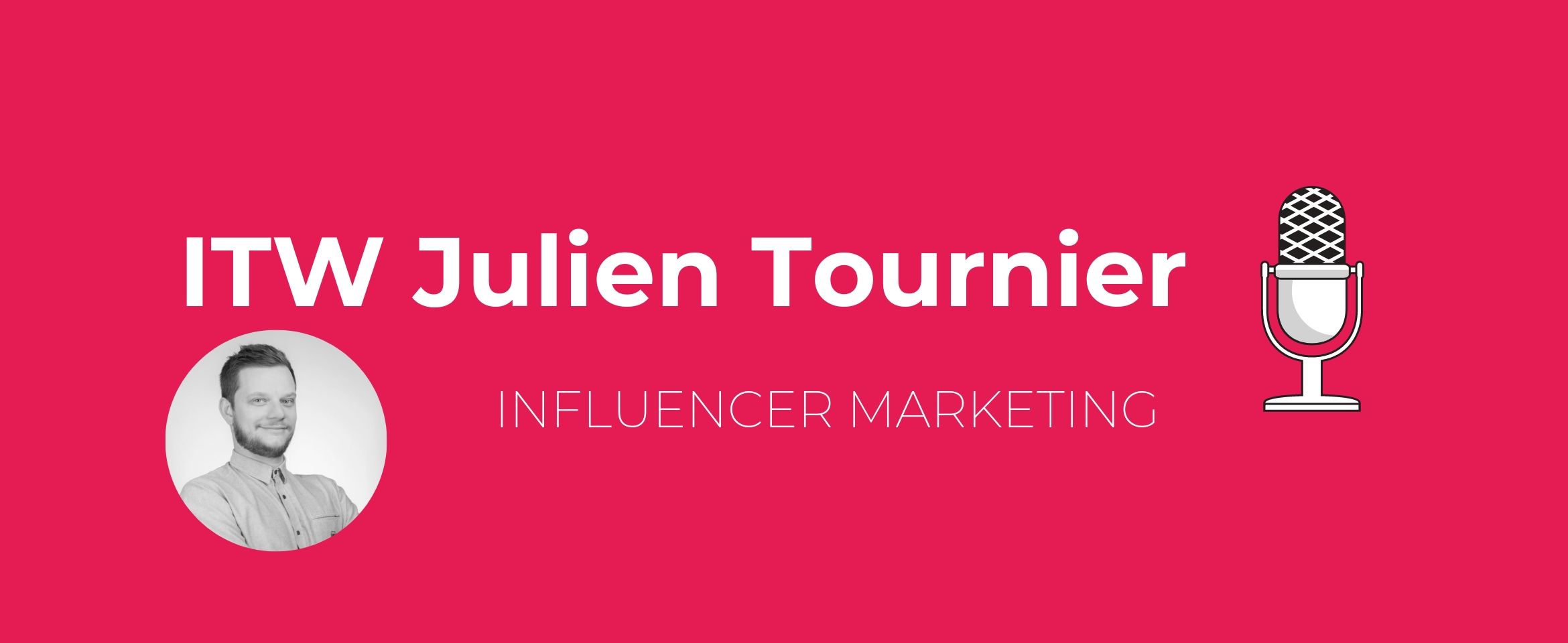In the world of marketing, the performance-based approach and the branding-based approach are often considered to be mutually exclusive. However, these are two systems that can, in fact, complement each other and work well together. Branding carries at least as much importance as the conversion target. Generally speaking, it’s difficult to have one without the other. To run a successful branding campaign and be visible to potential prospects, therefore, you need to base your approach on native content combined with carefully thought out promotional actions.
Why go down the branding route?
These days, we don’t just simply buy products or services. We buy a brand and experience. Developing your branding is, therefore, an important strategy first when it comes to building your reputation. Also for having a presence in a competitive market. And then being recognised by or identifiable to consumers. A brand is actually much more than just a simple logo. It’s a way of existing and being present through a recognisable set of graphical elements and conventions; a set of strong values; a specific editorial line, and it’s the generation of loyalty amongst the members of a community built around your product or service.
To work successfully, branding must first and foremost be a living thing. It evolves, adapts and enriches the experience lived by the customer. And it’s precisely here that content has a key role to play. Whether it’s on your blog, your mobile app or your social networks, content that’s properly adapted to your personas can enrich the customer journey and the overall experience. This means that when a person switches from one channel to another, they need to be able to recognise where they are and understand that they’re still in the same environment.
Branding also has its place in major marketing campaigns. From the video right through to the SEA, the SMA, and the poster campaign, branding requires a two-fold approach: the inbound aspect, to bring the customer to you, and the outbound aspect, to strengthen the key messages and grow your brand.
Traditionally, branding has been seen as something used mainly by big brands and major groups with considerable resources at their disposal. However, it’s something everyone can (and should) get involved in. By investing just a few thousand euros in the right way — especially on social platforms — it’s easy to get your brand fully alive and kicking.
Mobile branding, a underestimated marketing lever
Today, smartphones have become the main screens people use. All branding campaigns, therefore, need first and foremost to be adapted for mobile technology or optimised for mobile use. Mobile branding comes in various forms and depends primarily on your own specific targets and messages. Nevertheless, It is possible to cite a few specific examples:
- Influencer marketing: a form found mainly on social platforms such as Instagram or online video services (YouTube, Vimeo, etc.).
- Video ads on YouTube: these can be pre-roll, mid-roll and both skippable or non-skippable. One of the places they get displayed, in particular, is in the YouTube mobile app.
- Sponsored ads on Facebook, which are useful for reaching a larger community. The carousel format works well for branding purposes as it provides plenty of space for visuals.
- SEA (Search Engine Advertising) or advertising on social networks, very useful for getting your brand to appear in position zero in Google’s search results when particular keywords are searched for.
- Mobile apps, whether via your own app or by marketing via third-party apps. One well-known mechanism through which this can be done is by advertising via freemium apps, for example.
The reinvention of the desktop through layout and design
Mobile devices are, of course, now ubiquitous and accompany us everywhere we go throughout the day, but the conventional computer (the famous desktop) is still very much alive and kicking. At home or in the office, their large screens provide unparalleled browsing comfort. We don’t pick and sift through content on desktops in the same way we do on mobile devices. We take the time to read, absorb information, make purchases and watch videos in high quality.
This is where site layout becomes particularly relevant. It enables to display the branding content at the top or sides of a page. The goal is to ensure its non-intrusively alongside premium creative content. The branding content can also be interactive, include integrated CTA and videos,. It could be designed to encourage engagement.
User-generated content: when the brand benefits from its own community
User-generated content (or UGC) is content created by the users themselves. It is a formidable branding tool that develops naturally around the brand, helping to showcase it and get your products and services talked about. UGC is also a good KPI for measuring customer satisfaction and the likelihood of recommending. Some examples:
- Consumer reviews on Yelp, Google My Business, TheFork, Facebook, etc.
- Blogging, via platforms such as Tumblr, Wix, and WordPress.
- The sharing of videos on YouTube by content creators.
- The sharing of photos on Instagram (with appropriate hashtags).
- All the content shared on social networks (Facebook, Twitter, LinkedIn, etc.).
Branding remains a powerful tool for injecting vitality into a brand and reaching a wide audience. Whether on desktop computers or mobile devices, and whether created by yourself or your community, the entirety of the content produced converges into a set of omnichannel messages, thus creating an attractive and effective pre-sale experience. Our team of experts can help you with all your branding campaign requirements. Contact them today!
 SKALE
SKALE  Join Kwanko
Join Kwanko  Program Directory
Program Directory  Who is Kwanko
Who is Kwanko  History
History  Careers
Careers  Kwanko Academy
Kwanko Academy  News
News  Case Studies
Case Studies  Strategy and commitment
Strategy and commitment  Social Responsability
Social Responsability  Gender Equality
Gender Equality  Our Environmental Charter
Our Environmental Charter  Our Ethical Charter
Our Ethical Charter  Our responsible purchasing policy
Our responsible purchasing policy  Certifications and Publications
Certifications and Publications 



 Publishers
Publishers Advertisers
Advertisers Our Solutions
Our Solutions  About Us
About Us  Academy
Academy 












